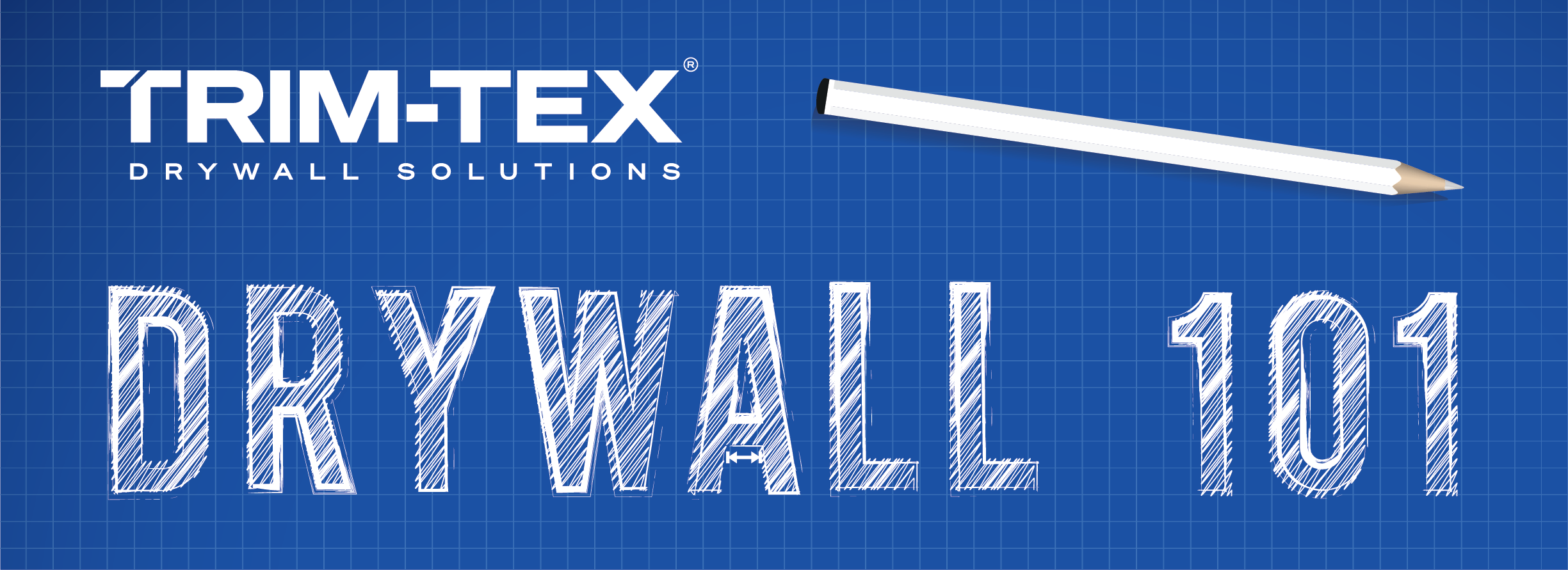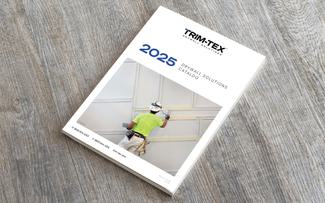Drywall 101: Corner Bead Basics


In “Drywall 101,” we aim to highlight some of the elements of drywall finishing that those outside of the trades may not ever notice — after all, if a finisher does their work well, their customers will only see flat walls and crisp corners without ever thinking about the tape, bead and mud that lie behind the paint. In this edition of our series, we will focus on the accessories that are Trim-Tex’s bread and butter: corner bead. You can visit our blog to dig deep into the subject — we post a new article every single week — but to help us get back to basics, we’ve enlisted the help of some true pros, Dan and Steve Tuer of Refresh Home Improvements.
In this video, the RHI guys take you through the corner bead basics, from why you need these drywall accessories in the first place to the variety of options you’ve got to protect a variety of corner angles. Check out the video below:
WHY DO I NEED CORNER BEAD?
So let’s start at the beginning: why do you need corner bead in the first place? While drywall is known for its durability, the edges are brittle and prone to chipping and cracking. Corner bead is a protective layer to prevent that from happening, safeguarding the edges of drywall and providing a clean, crisp finished edge. Learn about the history of corner bead and corner bead materials here.

HOW DO I INSTALL CORNER BEAD?
A vinyl corner bead is your best bet for protecting your drywall corners for many years to come. (Why vinyl, rather than the old metal kind? We’ll get to that later.) To install a vinyl corner bead, most of the time, you’ll want to use a coat of adhesive — ideally Trim-Tex’s 847 Spray Adhesive, engineered specifically for attaching vinyl corner bead to drywall — and half-inch staples, applied every six to eight inches along the legs of the bead. Once you’re done finishing these beads with drywall joint compound (“mud”), you’ll have a flawless corner that will stand up to all kinds of dings and dents.
Other kinds of beads, like the paper-covered Fast Edge® Paper, ditch the extra fasteners, only requiring mud to form an incredibly strong bond and durable finish. For this kind of bead, you can apply mud directly to the corner before applying the bead, or run the bead through a hopper and go from there. This bead is a faster approach, as you save an entire layer of mud you’ll need to apply, often reducing the process by a full day per corner. Learn more about the various corner bead installation methods here.

HOW DO I FINISH CORNERS THAT AREN’T 90 DEGREES?
For outside corners that are wider than the regular 90-degree angle, you’re not out of luck — you’ve got a few great corner-bead options to choose from.
There’s your standard Splayed Corner Bead, which is essentially the same as our basic Corner Bead but with a wider, 120-degree angle, suitable for most of off-angles you’ll come across. For the more uncommon angles, or if you just prefer a sharper nose, there’s the Rigid Splayed Adjustable Corner Bead, which has a hinged design that allows it to accommodate any angle from 115 degrees to 155 degrees. And, once again, the flexibility of Fast Edge Paper also makes it a great pick for a wide range of angles.

I THOUGHT CORNER BEAD WAS MADE OUT OF METAL?
More than 50 years ago, Trim-Tex made a big J-Bead-shaped dent in the belief that corner trim needed to be made out of metal, and these days, more and more people have caught on to the fact that vinyl corner bead is more durable, more adaptable and easier to use.
As Dan Tuer shows in the video above, there’s a good chance you won’t even have to wait until something bumps into your corner to see how much more durable vinyl is than metal — a lot of damage can happen as early as transportation to the jobsite. And where a little bit of damage can permanently ruin a metal corner bead, a vinyl corner bead can easily spring back into shape after even extreme impact. When you take this durability and add to it that vinyl corner bead is rustproof, highly flexible and easier to install (and, in Trim-Tex’s case, made from at least 70% recycled materials), it’s clear: metal just can’t measure up. Learn more about the benefits of using vinyl corner bead here.
If you're new to the drywall trades, we hope that this has helped shed a little light on the solutions we're so passionate about here at Trim-Tex. For more helpful, hilarious how-to videos like this one, do yourself a favor and follow Refresh Home Improvements here. And, as far as corner-bead options go, you've only scratched the surface. Hit the button below to grab a full Trim-Tex catalog to get a peek at what's possible in drywall finishing.

Find Your Next Solution
Request your copy of the latest Trim-Tex catalog, available in either print or digital editions
